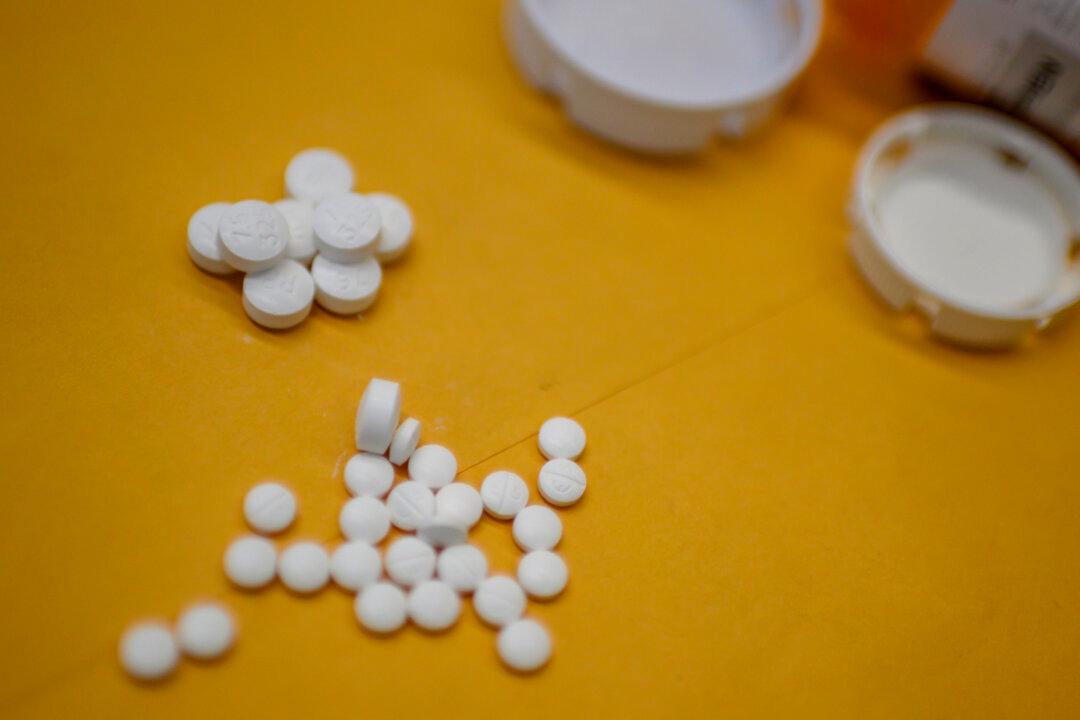The Drug Enforcement Agency (DEA) was slow to address the opioid epidemic and authorized an increase in opioid production quotas despite the fact that overdose deaths were rising, according to a new report (pdf) by the Justice Department’s Office of the Inspector General (OIG).
From 1999 through 2013, opioid overdose deaths in the United States grew by 8 percent per year on average, and 71 percent per year from 2013 through 2017. But from 2003 through 2013, the agency still authorized manufacturers to “produce substantially larger amounts of opioids,” the report (pdf) found.





